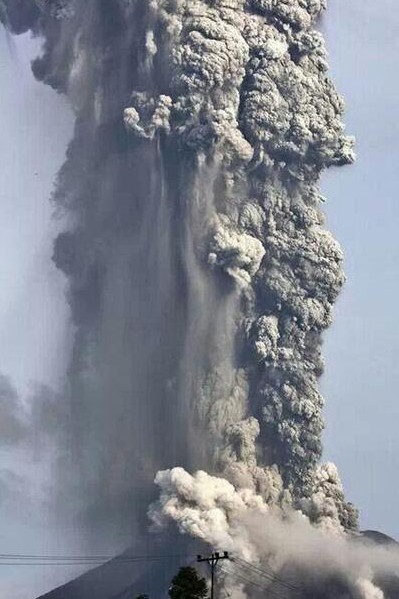
What is Pozzolan?
Origin of Pozzolan
The term pozzolan is derived from the name of the town Pozzuoli, Italy. It is situated near Mt. Vesuvius and is the place where the Romans more than 2,000 years ago mined the ashes deposited by the occasional eruptions of this volcano. Adding these ashes at a ratio of 2:1 to aged lime putty (aged 2+ years) they were able to construct those sturdy buildings we still admire today.
Given this mineral origin, some purists consider only volcanic ashes, pumice, tuffs, etc. as pozzolans. But as the ashes of organic origin, like pulverized fuel ashes (coal ashes) and rice hull ashes (RHA) also show enhancing properties when mixed with cement or lime, most of the times the origin is irrelevant. What counts are the properties, primarily particle size and purity (absence of carbon), and the results!
Definition of Pozzolans
A "pozzolan" is defined as a siliceous or siliceous and aluminous material, which in itself possesses little or no cementing property, but will in a finely divided form - and in the presence of moisture - chemically react with calcium hydroxide at ordinary temperatures to form compounds possessing cementitious properties.
• A pozzolanic material has to contain reactive silicates or alumino-silicates.
• The particles must be fine enough to provide a sufficient reactive surface area for the solid-state chemical
reactions.
• The particles react with the alkalis and calcium hydroxide from the cement to produce cementitious
compounds (calcium-silicate hydrate gel, calcium-alumino silicates, etc.).